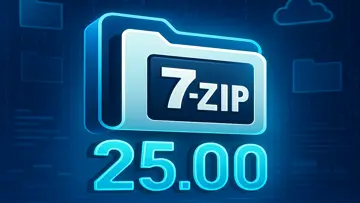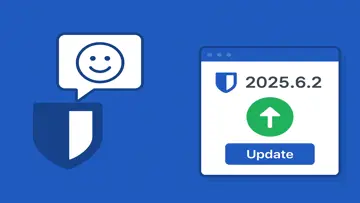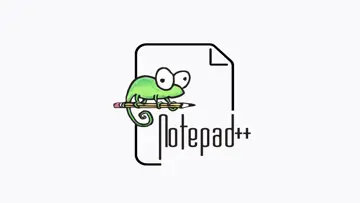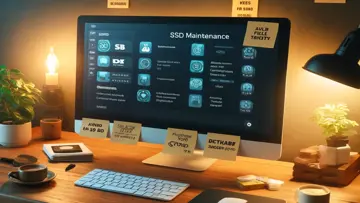2.8 Seguro para instalar
Designed by a pediatrician, BiliCalc utilizes the American Academy of Pediatrics 2004 guidelines for managing hyperbilirubinemia in infants over 35 weeks old. This application accurately calculates the threshold for initiating phototherapy based on a patient's age, bilirubin levels, and neurotoxicity risk, displaying values on the phototherapy nomogram. Moreover, it identifies the patient's risk zone using the Bhutani Nomogram.
BiliCalc offers the convenience of direct age input and includes a feature to calculate age from birth as well as lab sample times. It provides quick access to source journal articles, nomograms, and a list of neurotoxicity risk factors. The app supports both US and SI units (mg/dL and µmol/L).
App Feature Summary:
- Calculates phototherapy threshold for newborns 35 weeks and older
- Displays values on the phototherapy nomogram
- Suggests a timeframe for subsequent bilirubin level checks based on the patient's risk zone
- Features direct links to reference journal articles
Frequently Asked Questions:
- I think the graph is backwards. Why is low risk at the top and high risk at the bottom?
The graph aligns with the 2004 AAP Hyperbilirubinemia Guidelines. The term "risk" in this context pertains to an infant's likelihood of developing neurotoxicity, distinct from how it is used in the Bhutani Nomogram where it signifies the potential for severe hyperbilirubinemia. The treatment threshold varies depending on predisposing factors across three risk categories. Infants with "low neurotoxicity risk" can tolerate higher bilirubin levels than those classified as medium or high risk. Therefore, high-risk infants require treatment at lower bilirubin levels compared to low-risk infants. The graph correctly positions low risk at the top as higher values are necessary to cross the treatment threshold (phototherapy). You can verify this graph here. For further inquiries, please reach out via email.
This application is tailored for pediatricians, neonatologists, physicians, medical students, and pediatric nurses managing newborns both in hospital settings and as outpatients.
BiliCalc serves as a valuable reference tool only. Users are advised against substituting their clinical judgment with the information provided in the app. Kindly report any errors to the developer.
Keywords: bilitool, bilitool.org, jaundice, hyperbilirubinemia
Visão geral
BiliCalc é um software Comercial na categoria Casa e Hobbies desenvolvido pela Jacob Beniflah, MD.
É a versão mais recente de BiliCalc 2.8, lançado em 27/03/2024. Inicialmente foi adicionado ao nosso banco de dados em 27/03/2024.
BiliCalc é executado nos seguintes sistemas operacionais: iOS.
Usuários de BiliCalc deram-lhe uma classificação de 3 de 5 estrelas.
Relacionado
ABFM CKSA
The American Board of Family Medicine (ABFM) mobile application for Continuous Knowledge Self-Assessment is a valuable tool for family physicians and residents looking to complete activities for Continuous Certification credit.Apgar Score - Quickly test the health of a newborn baby
Apgar Score is a professional tool tailored for healthcare providers, including physicians, nurses, midwives, students, and other medical practitioners. It is rooted in the evaluation system pioneered by Dr.BiliBuddy
Neonatal jaundice is a common condition in newborns, affecting approximately 50% of term infants and 80% of preterm babies. In the days following birth, monitoring bilirubin levels becomes a regular practice in the nursery.Bilirubin: Bilitool Bili Tool
Introducing the new and improved Offline Bilitool, now offering comprehensive guidelines from both the 2022 and 2004 American Academy of Pediatrics (AAP).Contraception Point-of-Care
Contraception Point-of-Care provides clinicians and trainees with a comprehensive resource to facilitate the effective delivery of contraception services to women and couples.CRADLE White Eye Detector
The CRADLE White Eye Detector app is designed to assist parents in identifying the presence of white eye in their children's photos.App Store
com o UpdateStar gratuito.
Últimas revisões
|
|
UzCrypto
Carteira segura de criptomoedas e aplicativo de gerenciamento de portfólio |
|
|
Quick Access Service
Acesso sem esforço a ferramentas essenciais com o serviço de acesso rápido da Acer Incorporated |
|
|
BlueStacks Services
Otimize sua experiência de jogo com os serviços BlueStacks da now.gg, Inc. |
|
|
TAP-Windows
Proteja sua conexão com o TAP-Windows! |
|
|
Epson Data Collection Agent
Recolha de dados eficiente com o Epson Data Collection Agent |
|
|
Google Earth Pro
Explore o mundo em detalhes impressionantes com o Google Earth Pro. |
|
|
UpdateStar Premium Edition
Manter seu software atualizado nunca foi tão fácil com o UpdateStar Premium Edition! |
|
|
Microsoft Edge
Um novo padrão na navegação na Web |
|
|
Microsoft Visual C++ 2015 Redistributable Package
Aumente o desempenho do seu sistema com o Microsoft Visual C++ 2015 Redistributable Package! |
|
|
Google Chrome
Navegador da Web rápido e versátil |
|
|
Microsoft Visual C++ 2010 Redistributable
Componente essencial para executar aplicativos do Visual C++ |
|
|
Microsoft OneDrive
Simplifique o gerenciamento de arquivos com o Microsoft OneDrive |









